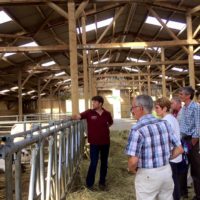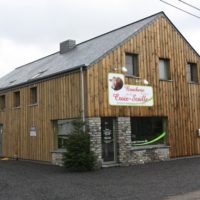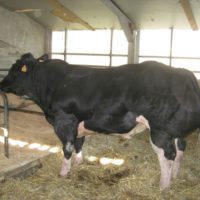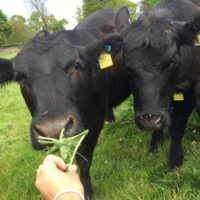Grazing infrastructure for early turnout
Practice abstract
Description
LJ Ryan, Dundrum, Co. Tipperary is using a strip wire to allocate grass daily. The farmer would assess the number of cows calved and their intakes to be able to allocate an area for the day. The farmer is also using a back-fence to protect regrowth and to allow grazed areas to recover.
The farmer is setting up a temporary fence (5 ft wide) to walk cows to the back of paddocks without damaging the rest of the paddock. This meant that there is a “track” along the side of the paddock (3 ft wide) from the cows walking, but the rest of the paddock is protected. This is a clever innovation, particularly on heavy soils in poor weather conditions.
Multiple access points to enter/exit paddocks are extremely useful to reduce traffic in small areas when cows are entering paddocks after milking, or exiting paddocks prior to milking.
The farmer is carrying out innovations such as on-off grazing to be able to graze in wet weather. The farmer has a feed-budget completed on PastureBase Ireland (www.PBI.ie) to monitor grass supply.
Early slurry and urea application in the spring promote grass growth and allow for more grass availability in the spring. Slurry is target at low index soils (soils deficient in P and K) and areas where grass covers are low.
Main actions for the future are to strip graze low covers 1st and backfence every day to protect regrowths. Target low covers with slurry. The spur roadway can create access to the back of paddocks without damaging the rest of the paddock and good roadway network is essential to create access to grass.
Abstract also available in:
Dutch | French | German | Italian | Polish | Swedish
Additional information
| Farming system | conventional farming |
|---|---|
| Domains of innovation | grazing management system |
| Main types of animal | dairy cattle |
| Country | Ireland |
| Product type | Practice abstract |
| Language | English |




